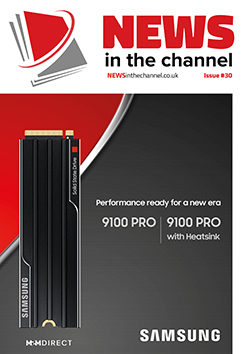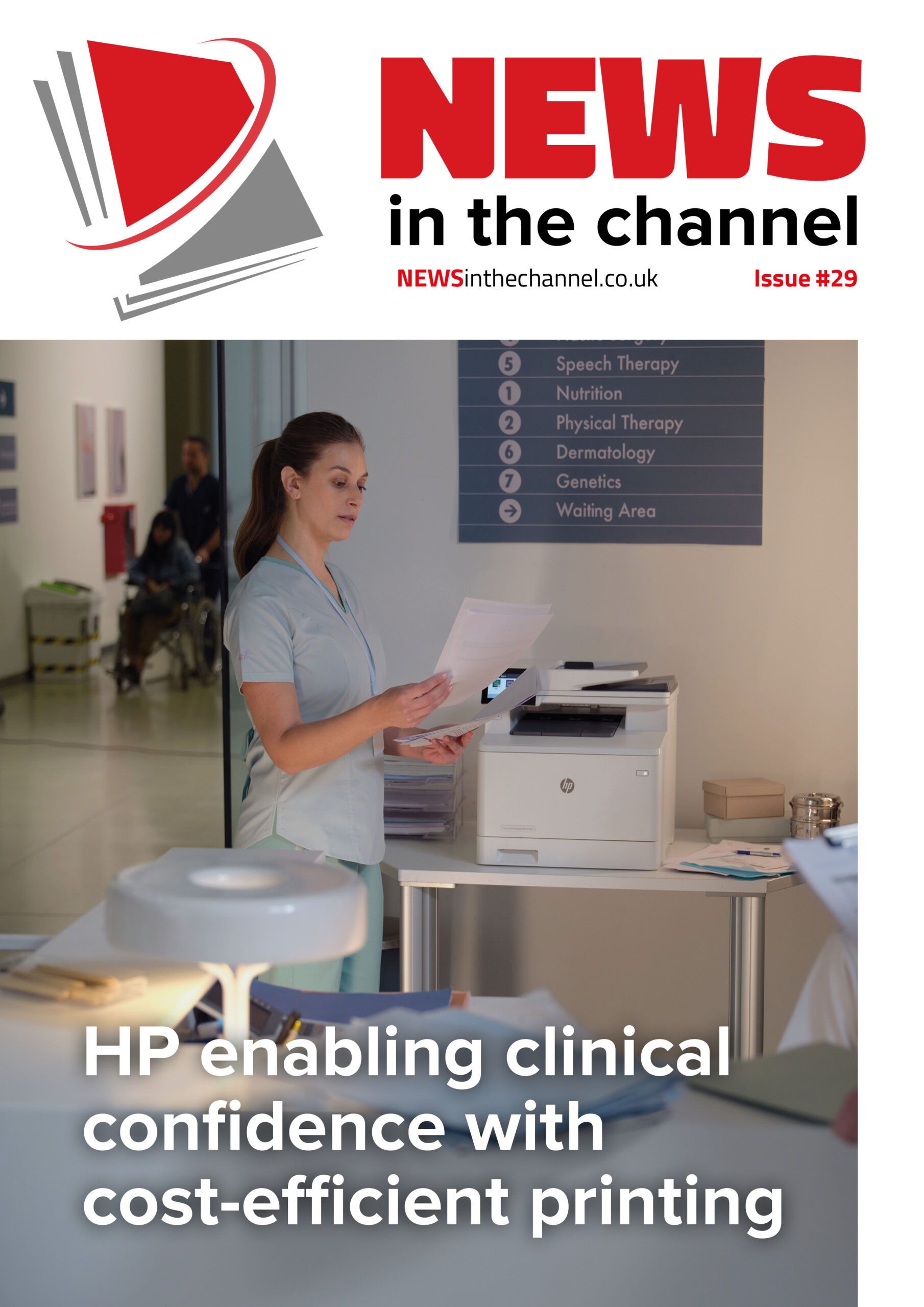Using refurbished technology can bring significant cost savings to a business, but it is now becoming a strategic choice too, so it is something that resellers should be considering in conversations with customers, says Graeme Logan, purchasing manager at ETB Technologies.
We’ve all been there. The week has got away from us, it’s Friday night and the cupboards are bare. So, to avoid the family going hungry, you stop in at the only supermarket you pass on the way home – usually something with Express or Local in the title. Long story short, all that’s left are a couple of overpriced ready meals and a pot of pomegranate kefir that has seen better days. You walk out of the store £25 worse off with a dinner you don’t really fancy. And all because you didn’t plan well enough.
Nice story, but what’s the point? I hear you ask. Well, it’s a long-winded way of saying that strategic planning is important. Whether it’s meal prep in your personal life or procurement planning at work, weighing up all the options and making an informed decision will almost always bring about better results.
Strategic choice
In today’s rapidly changing business environment, maintaining a competitive edge requires agile and smart technology buying strategies that consider a range of approaches. Historically, adding refurbished tech to an overall infrastructure stack was seen as a way to cut costs, but companies are increasingly recognising that refurbished is a strong strategic choice that offers control, flexibility and resilience at a time when there’s plenty of roadblocks along the way.
Before we discuss the benefits of refurbished technology in strategic planning, it’s important to recognise that we aren’t talking about the tech equivalent of the yellow sticker discount aisle here. These devices may technically be pre-owned, but they’ve been restored to like-new condition, in a process that typically includes thorough testing, repair and quality assurance checks. This means that, contrary to common misconceptions, refurbished does not mean compromised. In fact, it signifies quality assured technology that is ready to deliver robust performance, often at a fraction of the cost of new equipment.
Stretching budgets
It’s certainly true that integrating refurbished technology into an overall strategy can result in significant cost savings. For businesses, this means stretching IT budgets further. Take the education sector as an example. Schools and universities, often operating under tight budget constraints, can equip classrooms and labs with state-of-the-art technology by opting for refurbished computers and networking equipment. This enables educational institutions to provide high-quality learning environments without the financial burden typically associated with new purchases.
In the corporate sector, refurbished technology allows companies to invest in necessary infrastructure upgrades or expand their operations without draining their capital reserves. For instance, a mid-sized company looking to upgrade its server capabilities can opt for refurbished servers, redirecting the savings towards other strategic initiatives such as talent acquisition or marketing.
Reliable alternative
But sometimes planning can be challenging. For example, in recent years, global supply chain disruptions, such as the recent semiconductor shortage, have highlighted the vulnerability of relying solely on new technology. Refurbished technology offers a reliable alternative, providing businesses with a safeguard against these supply chain challenges and often offering a much faster turnaround for when speed is important.
In a similar vein, refurbished technology offers a level of strategic control that is crucial for businesses navigating unpredictable markets. Companies can quickly adapt to changing demands without being constrained by the availability or high costs of new technology. This agility is particularly valuable in sectors like retail and ecommerce, where market conditions can shift rapidly.
Sustainability goals
Businesses today are increasingly driven by sustainability goals and corporate social responsibility – in fact, a recent report by Spencer Stuart found that 36% of UK companies aspire to be recognised as sustainability leaders. Incorporating refurbished technology into a company’s procurement strategy aligns with these values by reducing electronic waste and promoting a circular economy. Each refurbished device represents a reduction in the demand for new resources and a step towards minimising the environmental impact of technology.
Incorporating refurbished technology into a business’s technology offers unparalleled cost efficiency, supply chain resilience and alignment with sustainability goals, all while maintaining high standards of quality and performance.
As businesses continue to navigate the complexities of the modern marketplace, refurbished technology stands out as a powerful tool for achieving operational excellence and competitive advantage.
By embracing refurbished technology, companies can position themselves for long-term success, equipped with the flexibility and control needed to thrive in a dynamic business environment. Refurbished technology is not just an option; it’s a strategic asset for forward-thinking businesses.











